Poultry prices are on the rise again. As per weekly SPI, national average broiler prices increased by 8.26 percent over the previous week to reach their highest level in six months. If the trend persists, national average may once again breach the Rs 300 per kg psychological barrier, which may cause media backlash. If the experience of last 18 months has taught anything, administration must avoid any temptation to act or intervene, and let the market take its course.
What’s different about the price increase this time is that they have not been accompanied by a proportionate rise in price of Day-Old Chicks (DOCs). In fact, DOC prices are at their lowest level since August 2021 (post-Eid ul Adha), when demand had been further tampered by the short-run disease spell during monsoon.
In fact, DOC prices may still appear higher compared to long term average. However, it is worthwhile to remember that the ongoing price stability represents a very nascent recovery, after the severe volatility witnessed during pandemic which put many DOC farmers out of business and led to a shortage of parent birds.
Now that commercial demand has finally recuperated – with permission to hold social gatherings of up to thousand persons in several cities – DOC and broilers farmers are gradually witnessing some semblance of profitability. Overhang of last year’s bad debts and delayed recoveries means market prices may remain elevated for some time before normalcy is fully restored.

Of course, in an ideal world, DOC prices should have gone into a tailspin after full restoration of commercial activity (and stabilize close to Rs 40 per chick). However, things are still far removed from ideal days. Higher prices of imported grandparent birds – a consequence of both higher global prices and currency depreciation – means chick supply isn’t fully restored so far. Any attempt to supress prices at this stage could push farmers on the side lines, once again putting market into disequilibrium.
But that still doesn’t explain the rise in broiler prices over last week considering that DOC prices have remained unchanged. The answer may lie in variable cost escalation, as price of imported components in the feed have escalated in Pak Rupee terms due to recent depreciation, even as soybean and maize prices have begun to normalise in the global commodity markets.
Conversation with poultry growers indicate per bird cost has reached Rs 200 – Rs 210, against ex-farm rate of Rs 235 in Lahore and Rs 240 in Karachi. It is important to emphasize that these figures are not independently verifiable; however, if correct do not represent an operating margin that is too abnormal.
Moreover, historic price charts show that broiler prices have a tendency to even out by calendar-year end, with average price for December clocking in lower than preceding 11-month average in 4 out of 6 years since 2015.
Either way, if prices act waywardly for next few weeks, administrative bodies should hold their horses and not react feverishly as they did in May 2021. Let the market make its own price discovery. Don’t let the demons of 2020-21 haunt the industry in 2022.

















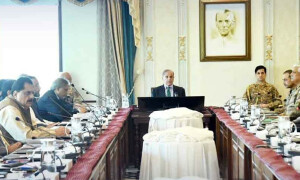



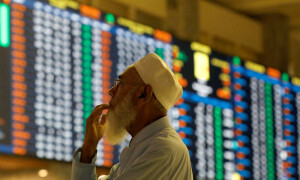

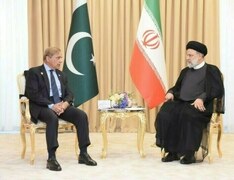

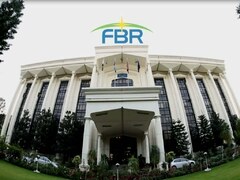
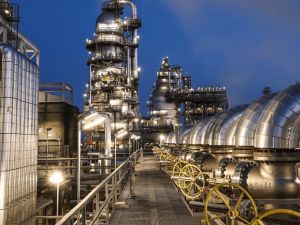
Comments
Comments are closed.